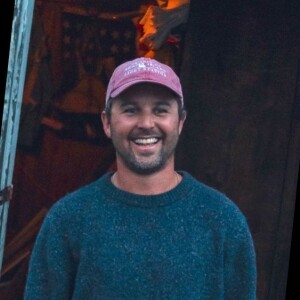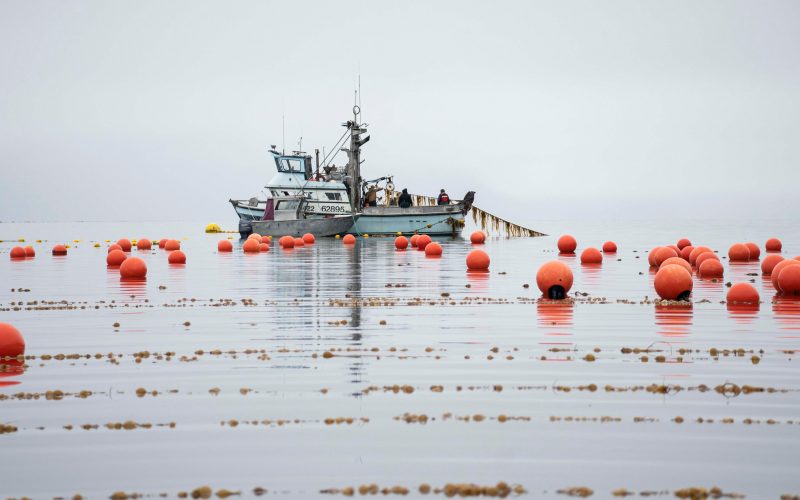According to a state of Alaska aquaculture report released by NOAA last month, mariculture is rapidly gaining traction in Alaska and has shown promising growth in recent years. The state witnessed a significant uptick in mariculture production, with just under two million oysters sold to the public in 2021 alone, based on Alaska Dept. of Fish and Game records.
This surge is mirrored by a notable increase in permit applications, with an average of approximately 14 applications per year between 2019 and 2023, compared to just six per year from 2014 to 2018.
This boost led to the formation of the Alaska Mariculture Task Force in 2016, which shows the state's commitment to fostering a robust aquaculture sector. The task force has set a target of developing a $100 million mariculture industry by 2040.
This ambition was further amplified in 2022 when the Alaska Mariculture Cluster secured a $49 million grant from the Economic Development Administration’s Build Back Better Regional Challenge.
Alaska's aquaculture primarily focuses on oysters, blue mussels, and various types of kelp. 42 seaweed and invertebrate species are permitted for aquaculture.
It’s important to note that finfish farming remains prohibited in Alaska state waters.
The NOAA report broke Alaskan aquaculture down regionally. In the Western region, 337 acres are permitted for aquaculture, mainly cultivating oysters and seaweed. Southcentral Alaska serves as a hub for seaweed and shellfish growth, with 331 permitted acres spread across 30 sites. Meanwhile, Southeast Alaska boasts the highest acreage of aquaculture operations, with 690 total acres permitted by late 2023, spanning 40 individual sites.
The Alaska Mariculture Cluster, awarded the $49 million grant, aims to create a sustainable mariculture industry across four regions. The comprehensive project focuses on reducing costs, enhancing workforce development, attracting private-sector investments, and increasing demand through product development and marketing.
In June 2023, NOAA Fisheries, in collaboration with the state of Alaska, initiated a multi-year process to identify Aquaculture Opportunity Areas (AOAs) in Alaska state waters. These AOAs are carefully evaluated to ensure they are environmentally, socially, and economically suitable for multiple commercial aquaculture operations. Stakeholder workshops scheduled for 2024 will further refine the AOA identification process, aiding new farmers and managers in making informed decisions about project locations. Alaska's aquaculture industry holds immense potential for economic growth and sustainable food production. With strategic investments, collaborative efforts, and responsible management practices, NOAA states mariculture is poised to play a significant role in the state's economic diversification and food security initiatives in the years to come.
To learn more about permitting a new aquaculture site in Alaska state waters, visit the Alaska Aquaculture Permitting Portal. This online resource is a tool for both existing and potential aquaculture farmers.







